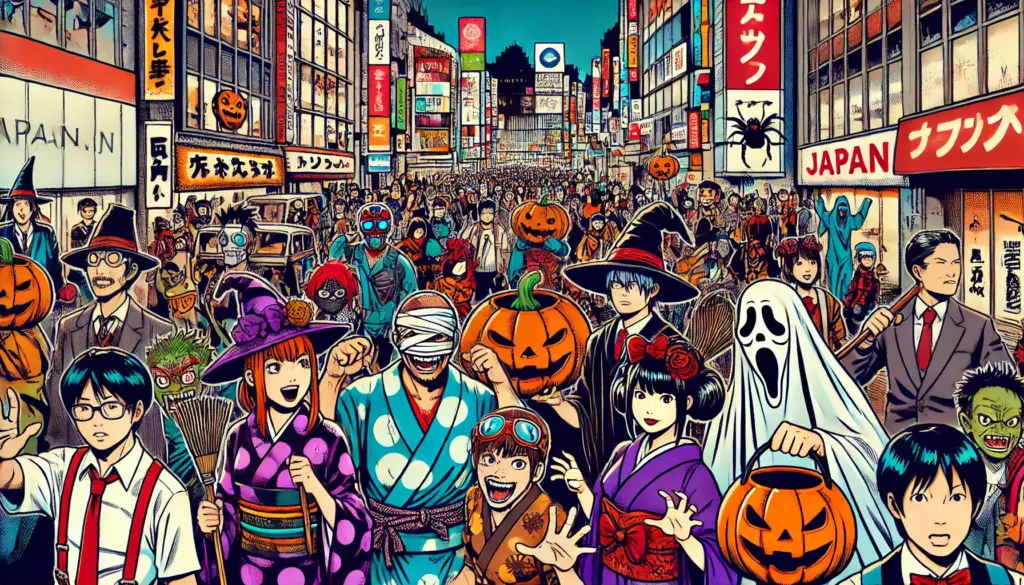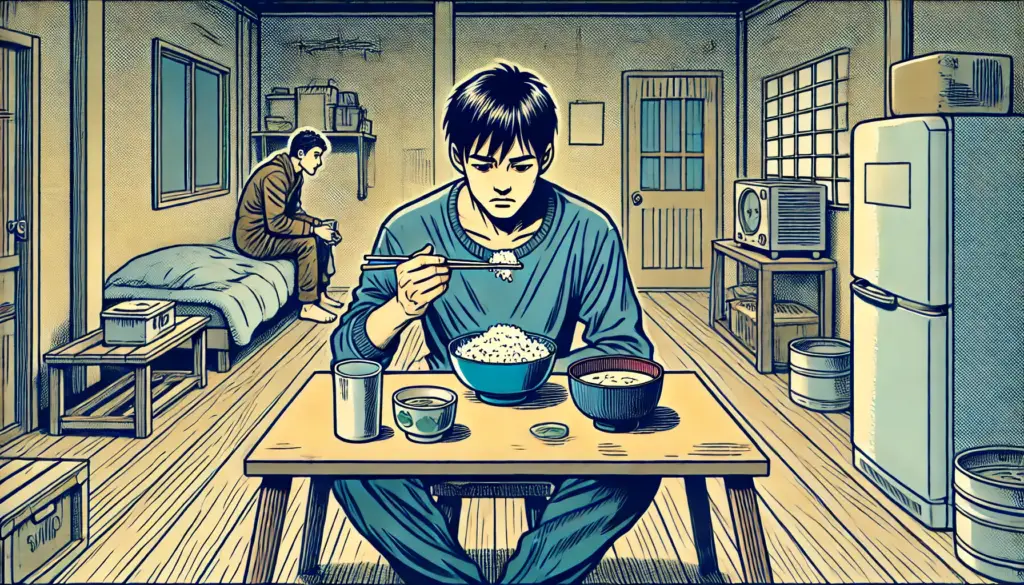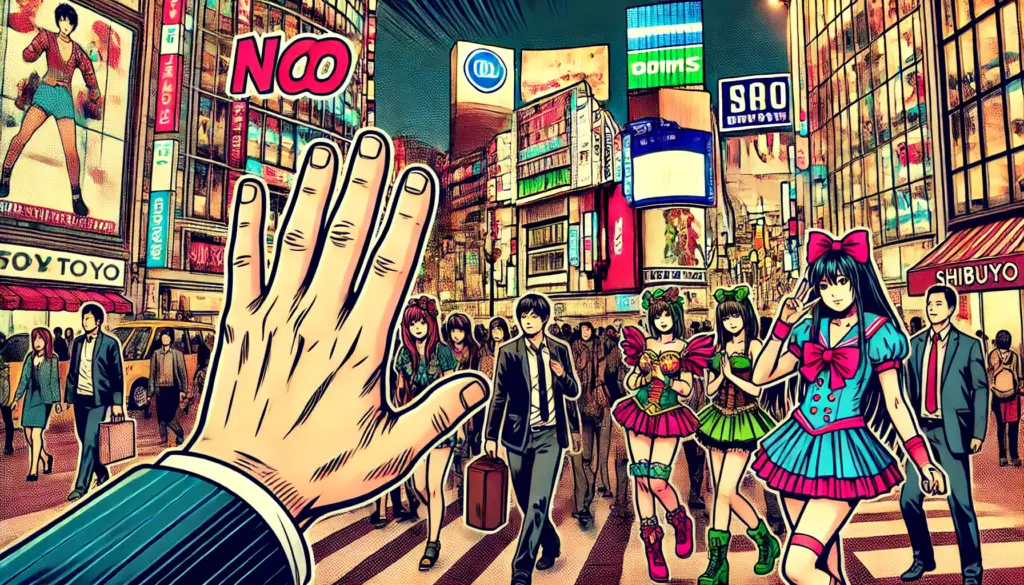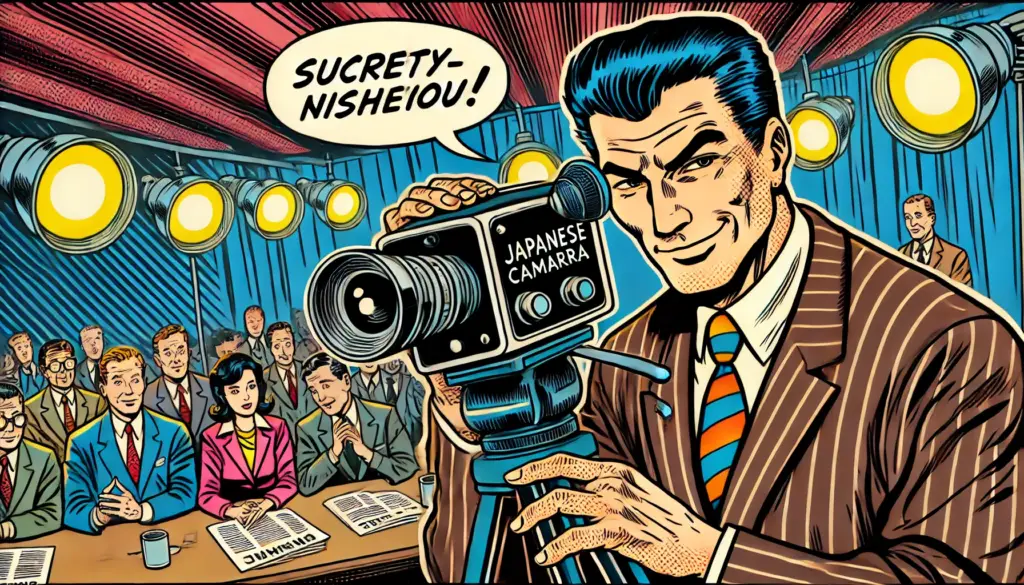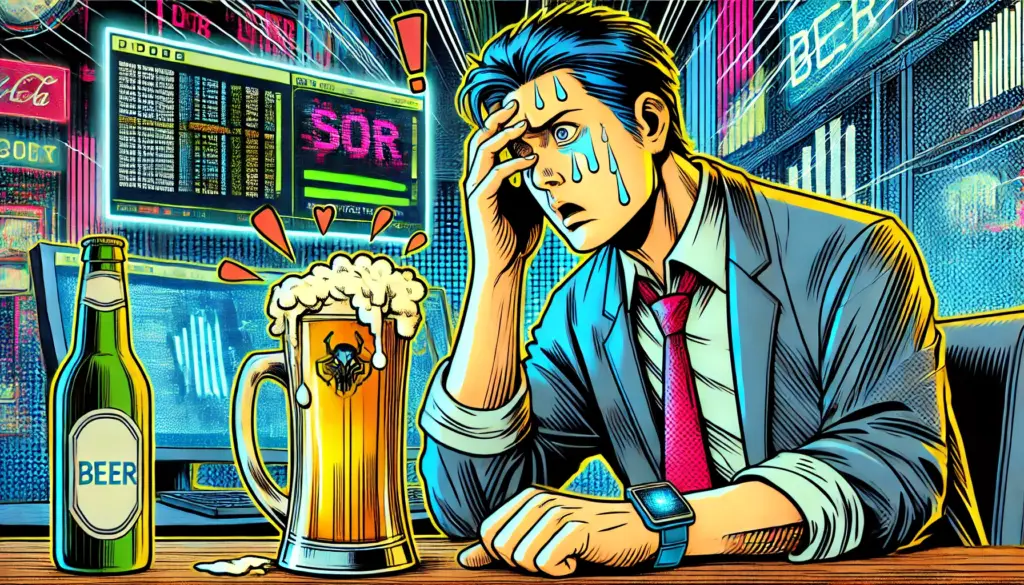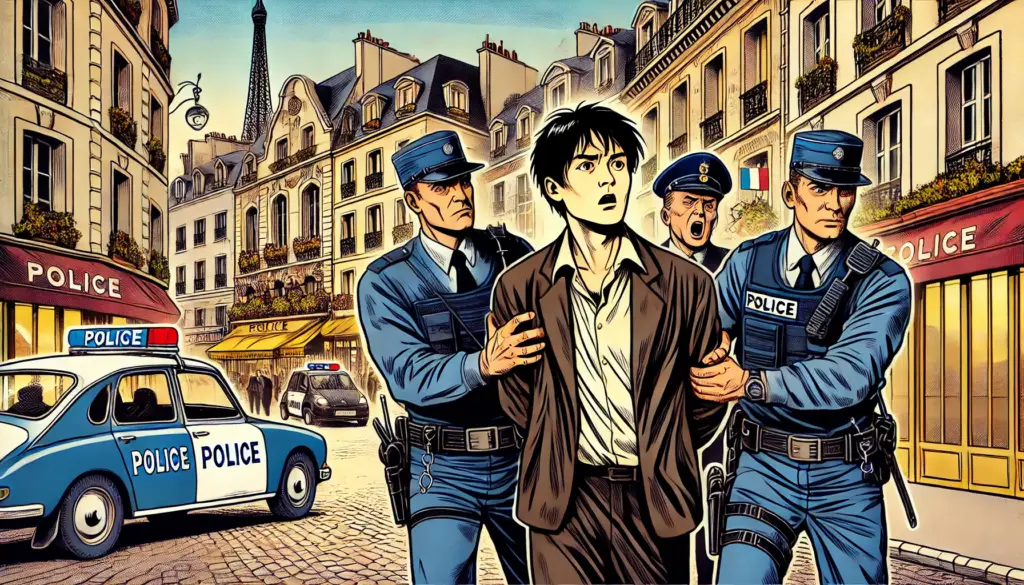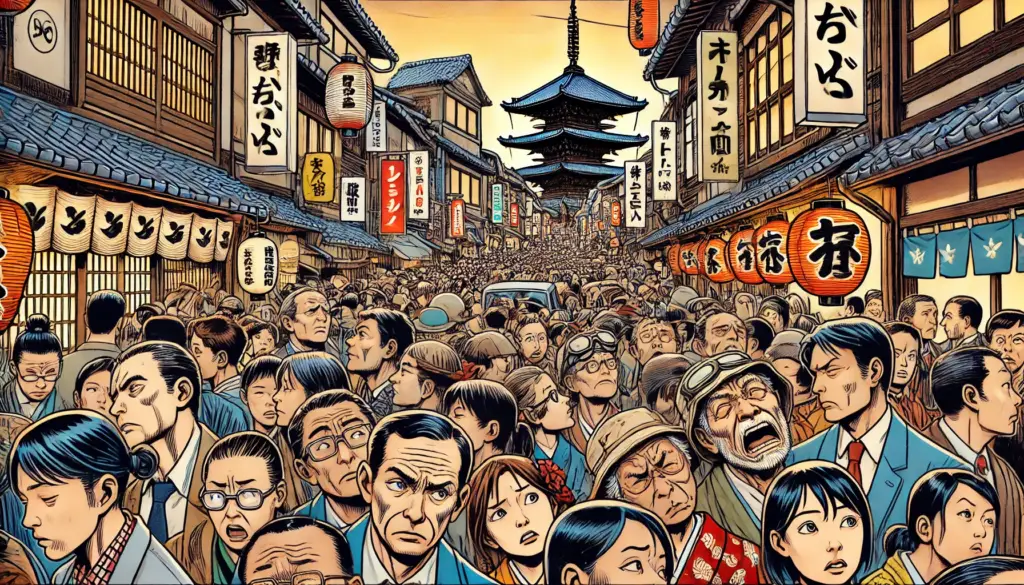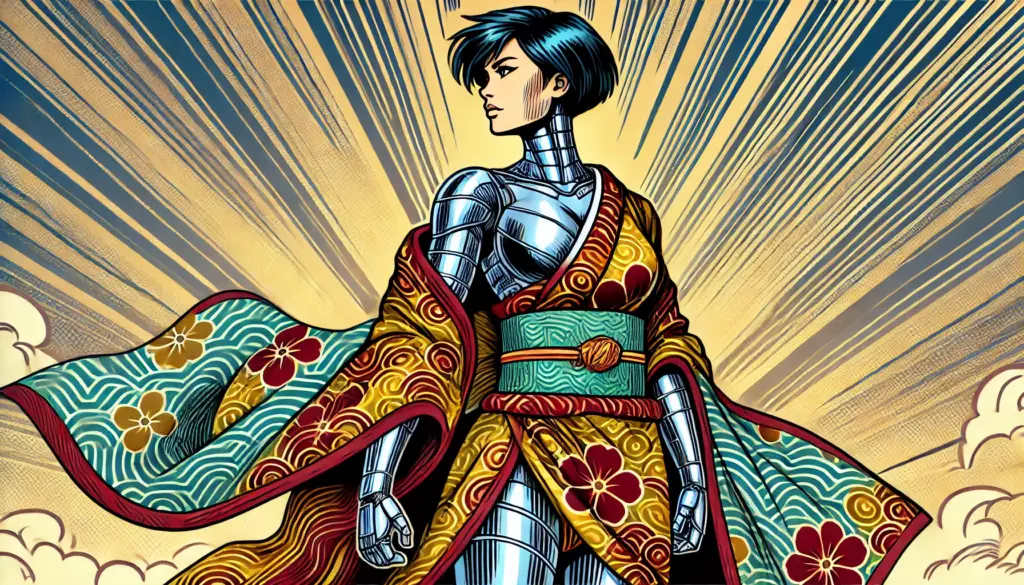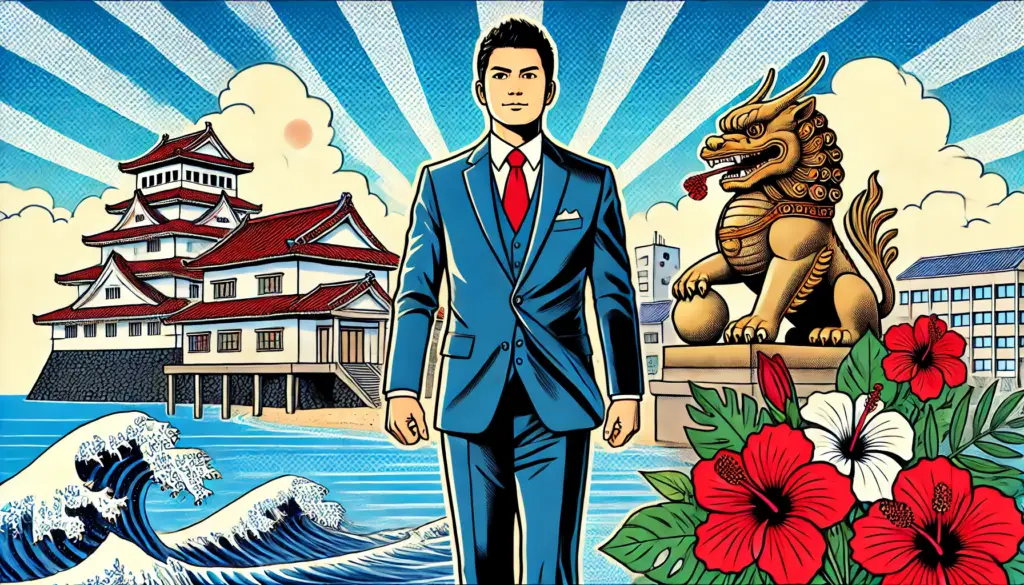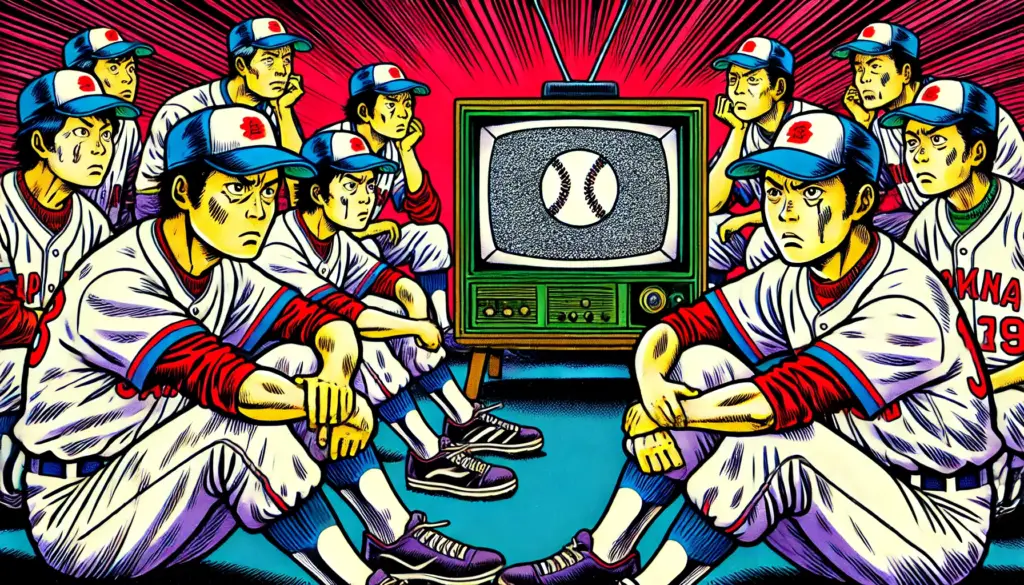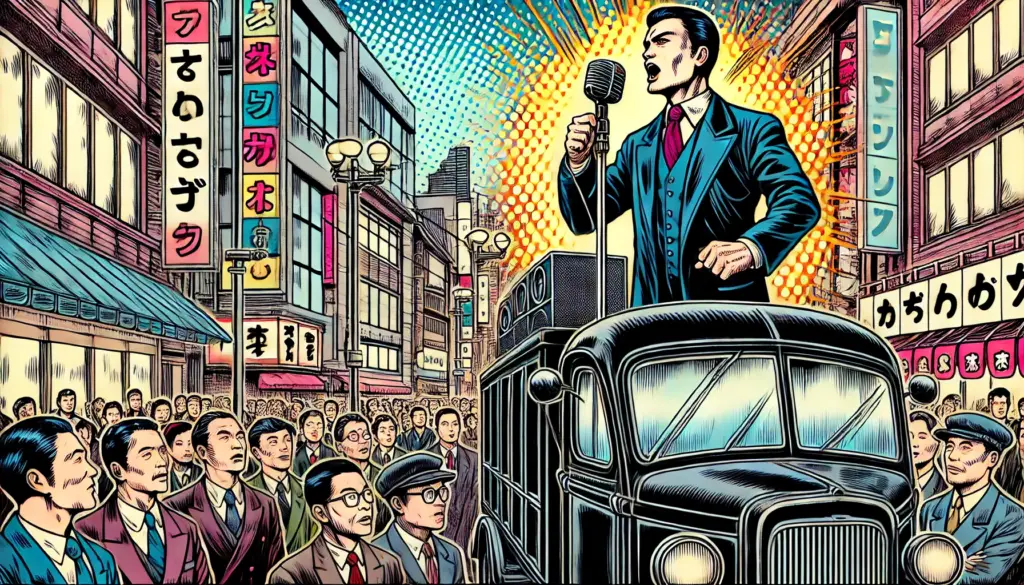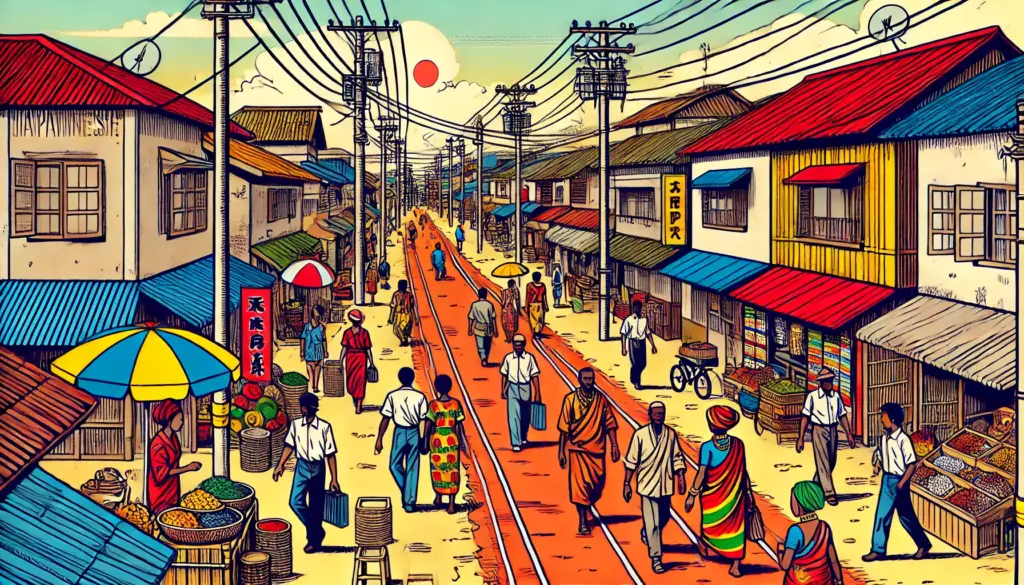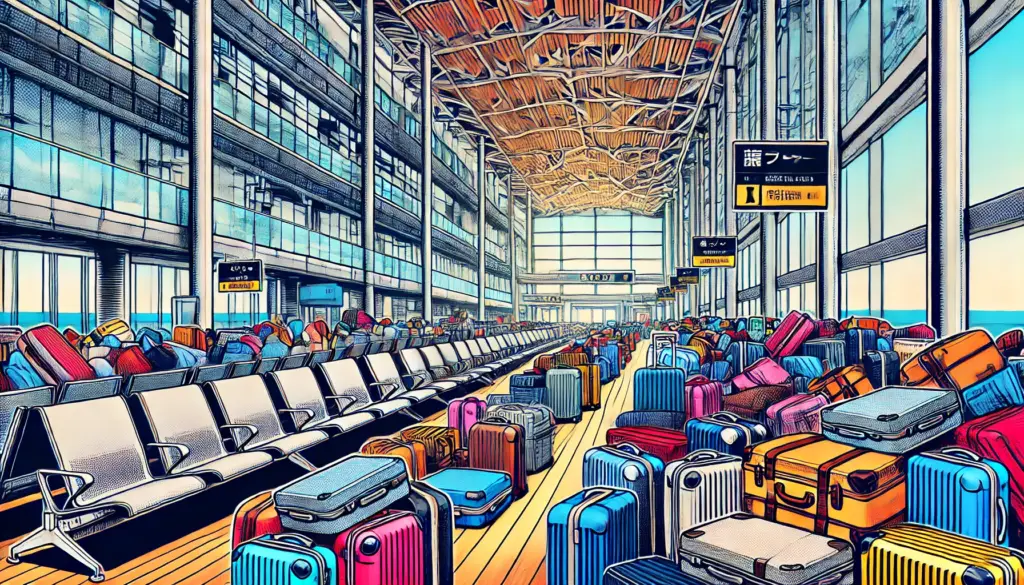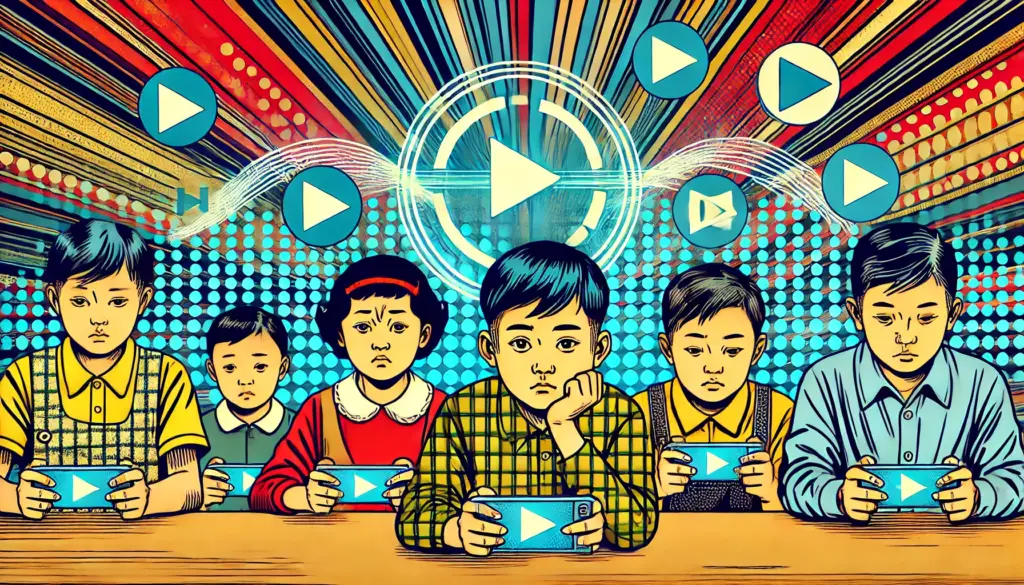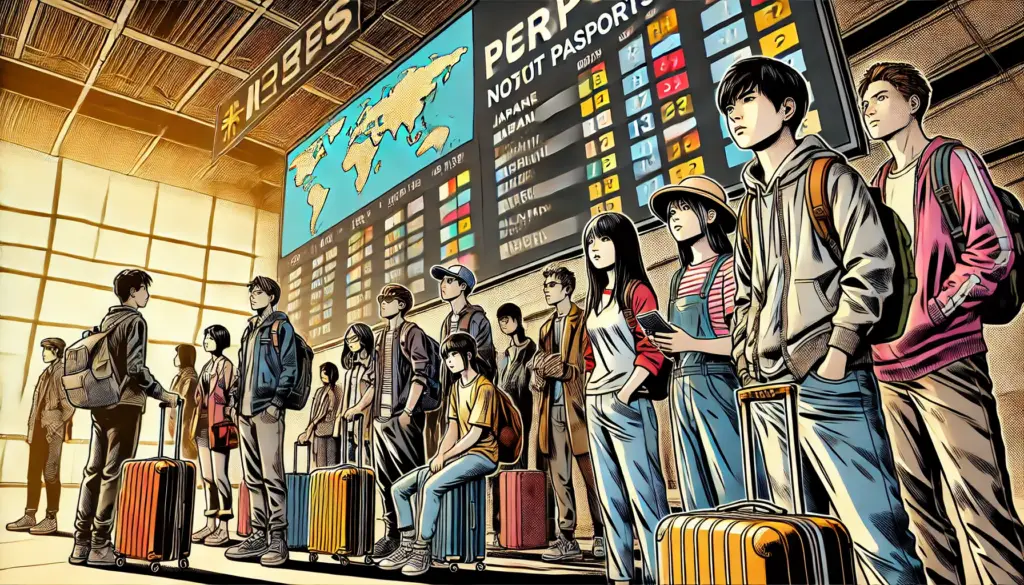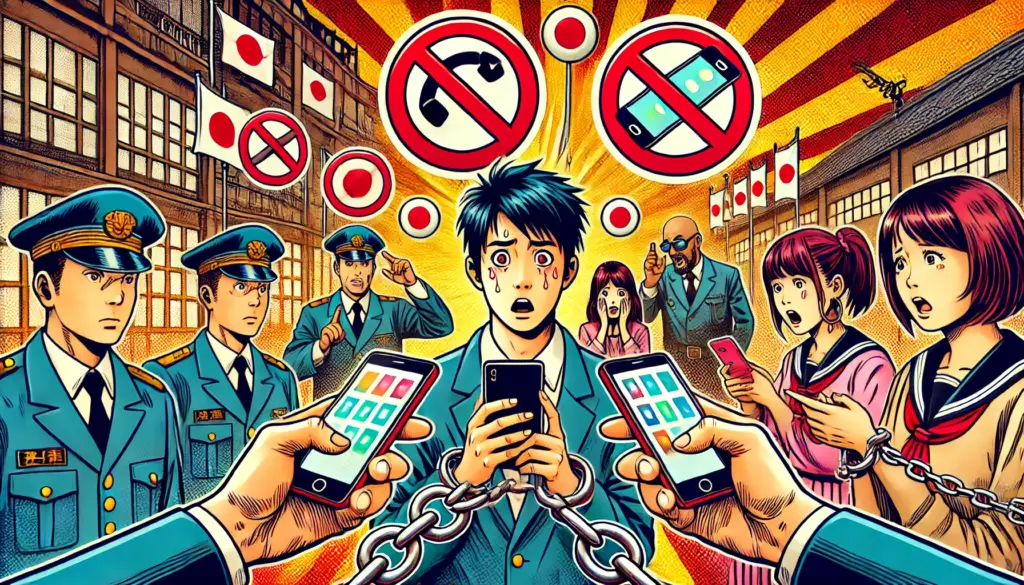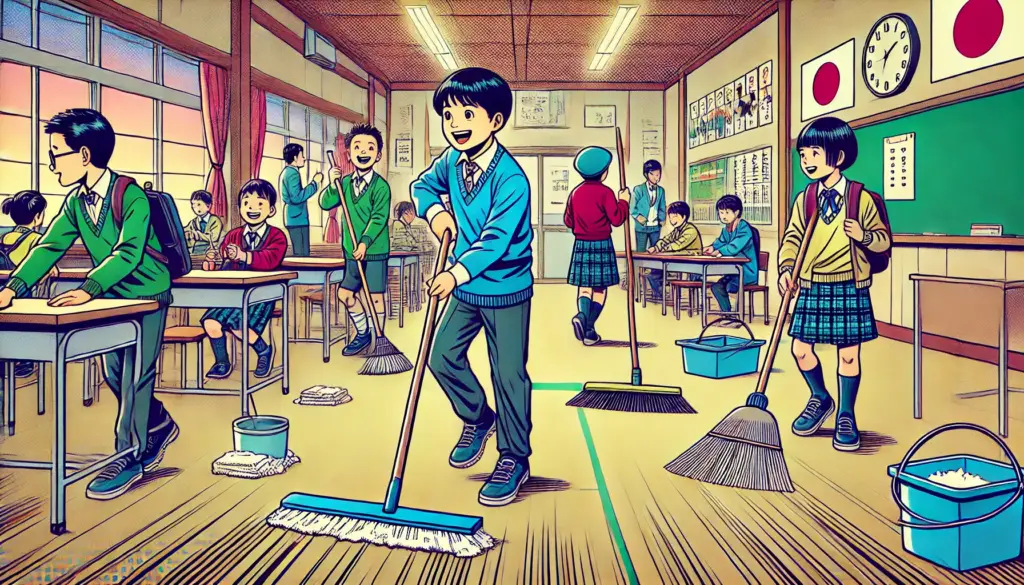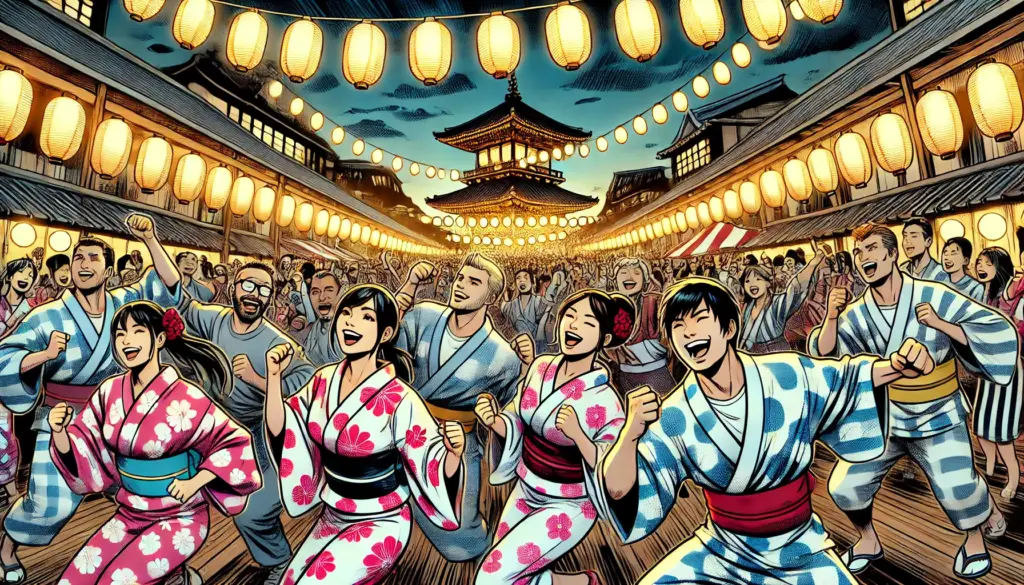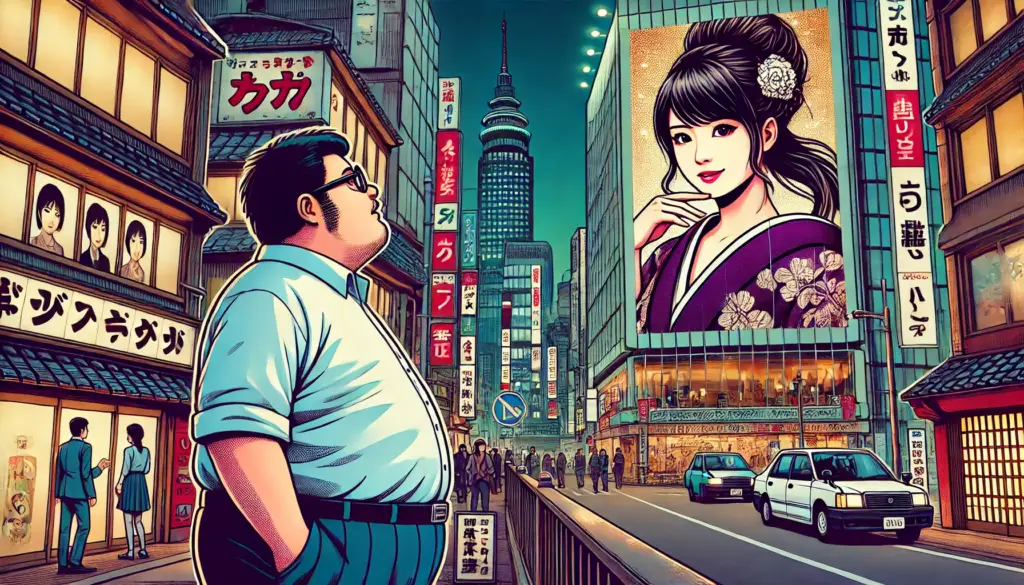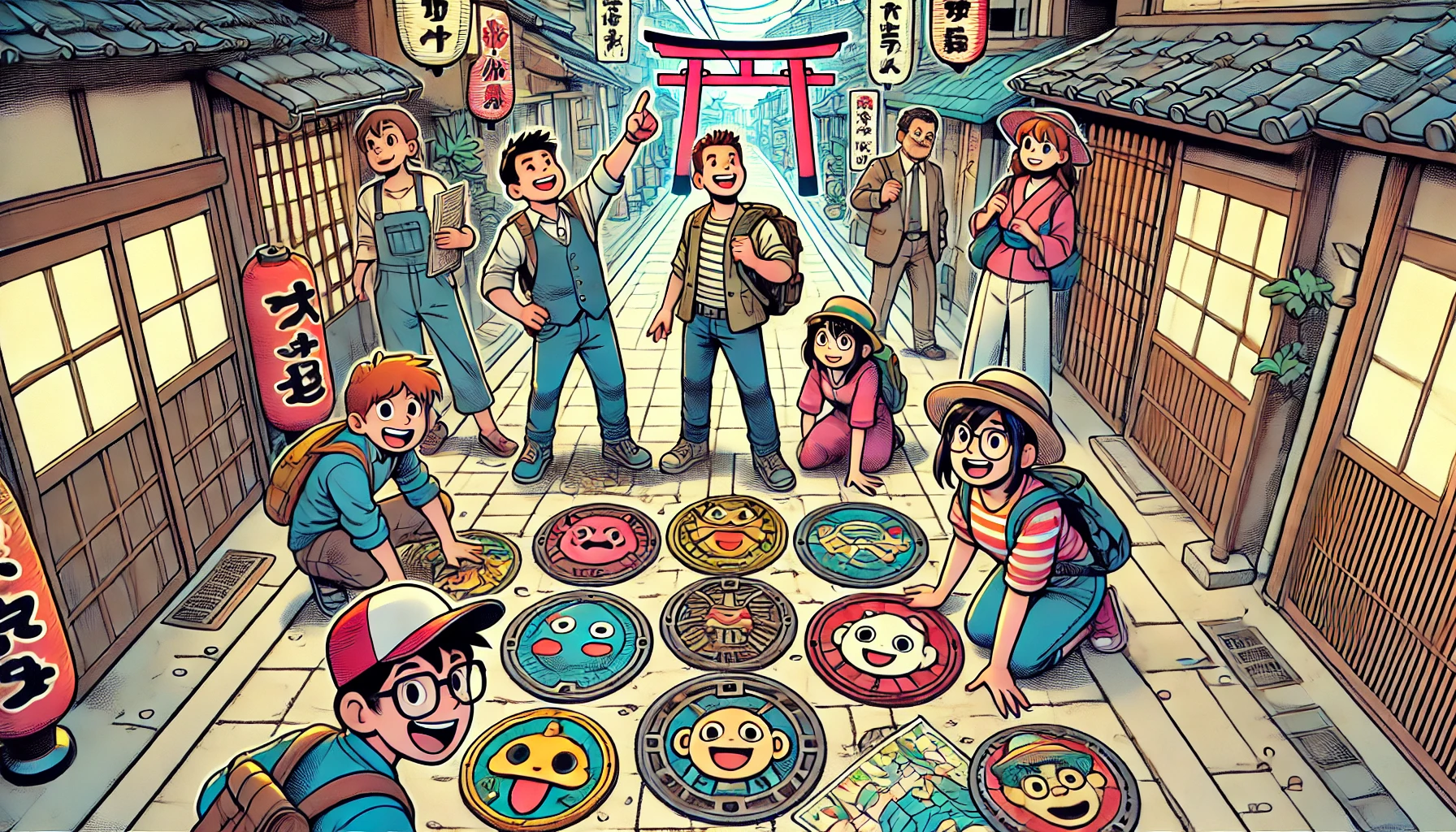
If you’ve ever dreamed of going on a real-world Pokémon journey, Japan is making it happen—one manhole at a time! 🕳️🐾 From Hokkaido to Okinawa, over 400 Pokéfuta (Pokémon-themed manhole covers) have appeared across Japan. But they’re more than just cute photo ops—they’re boosting local economies and bringing fans off the beaten path.
What Are Pokéfuta?
Pokéfuta (ポケふた) are specially designed manhole covers featuring local Pokémon linked to the character of each area. These covers were first installed in December 2018 in Ibusuki, Kagoshima, with an adorable Eevee. Today, more than 404 Pokéfuta can be found in 41 of Japan’s 47 prefectures.
Each cover is not only artistic but interactive—most become PokéStops in Pokémon GO, encouraging visitors to travel, walk, and explore 🗺️. Whether you’re hunting for Sandshrew in Tottori or spotting Lapras in Miyagi, each cover tells a story unique to its region.
👉 Official site to browse all covers by region:
🌐 Pokémon Local Acts: Pokéfuta Portal
Why They Matter: Real Economic Impact 💰
Pokéfuta aren’t just charming—they’re changing the game for rural tourism. Here’s how they’ve boosted local economies:
- Tottori (2023) hosted a Pokémon GO event featuring Sandshrew.
→ Visitors: 89,000 in just 3 days
→ Economic impact: ¥2.4 billion ($15 million) - Miyagi (2016) used Lapras as its ambassador Pokémon.
→ Visitors: Over 100,000
→ Revenue: ¥2 billion (~$12.5 million) - Yokosuka (2019) held a GO Fest-like event with over 100,000 participants.
→ Spending impact: ¥1.6 billion ($10 million)
These campaigns generated strong ripple effects—hotel bookings, restaurant sales, regional train/bus use, and local product purchases all saw upticks 🚄🍜.
How Towns Are Catching Tourism 🧭
Local governments and tourism boards aren’t just laying down covers—they’re building immersive experiences around them:
📍 Stamp Rallies
Collect stamps or digital check-ins from Pokéfuta across a region and earn rewards. Popular in Fukushima, Tottori, and Fukui.
🎌 Regional Pokémon Mascots
Many prefectures have appointed “local ambassador Pokémon”—for example:
- Lapras (Miyagi)
- Chansey (Fukushima)
- Dragonite (Fukui)
- Exeggutor (Kagoshima)
🎮 AR & Game Integration
Most Pokéfuta become PokéStops in Pokémon GO, bringing digital gameplay into real-world travel. Some are also featured in AR camera apps and digital guidebooks.
🚌 Themed Tourism & Merch
Expect to see Pokémon-themed buses, local crafts with Pokémon designs, photo spots, and exclusive regional goods like “Pokéfuta curry” or “Lapras rice crackers” 😋.
Pokémon Tourism and Foreign Visitors 🌏
With Pokémon being one of Japan’s most globally beloved exports, it’s no surprise that Pokéfuta are gaining popularity among international travelers. Sightings of tourists snapping selfies with the manhole covers are now common, especially in Kyoto, Osaka, and Tokyo.
Hotels with Pokémon rooms have also seen more inbound traffic, and local governments are increasingly tailoring campaigns for international visitors—without relying on heavy advertising. It’s Pokémon magic at work 💫.
Plan Your Own Pokéfuta Adventure!
Want to find one near your destination in Japan? Use the official Pokéfuta map to search by prefecture:
🔎 https://local.pokemon.jp/en/manhole/
You can also check each cover’s design, installation location, and even download wallpapers.
Whether you’re chasing Dragonite in Fukui or exploring a seaside route with Lapras, Pokéfuta turns sightseeing into a real-world quest.
Final Thoughts
Pokéfuta are more than just manhole covers. They are a fusion of pop culture, local pride, and tourism strategy—all wrapped in the nostalgia of Pokémon. As Japan continues to use creative soft power to revive rural areas, these colorful covers prove that even infrastructure can be an adventure.
So next time you visit Japan, look down… you might just discover your next favorite Pokémon. 😉


